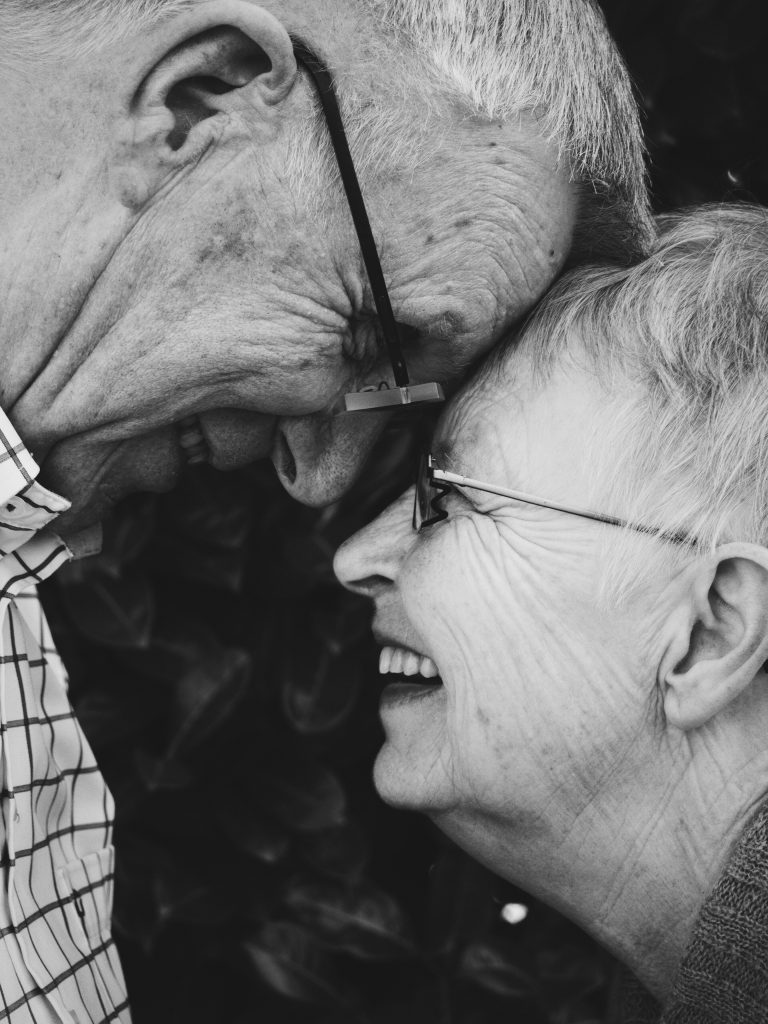Direct Cremation

More people are planning not to have a funeral. Whilst there are good reasons for this, it might also signal our desire to avoid the harsh reality of death.
Currently in the UK, cremation is significantly more popular than burial with about 75% of people cremated and 80% of those prefer that the ashes are scattered rather than kept.
In a direct cremation, the body is taken straight from the place of death to the crematorium before the ashes are returned to the family. Basically, it avoids the traditional funeral with the body present and the family can then choose what kind of remembrance or celebration service (or not) they would like to hold. It was the method chosen by the family of David Bowie last year.
According to an article in the Sunday Telegraph this week direct cremations are on the increase. Partly, this is done for economic reasons – it is much cheaper to avoid the paraphernalia of big black cars and coffins. But there may be other drivers to do with our desire to sanitise death and avoid too much reflection on what follows.
It might be argued by some Christians that cremation is more aligned with secular materialism and that the rise in the number of cremations (from around 35% in 1960) corresponds to the decline in Christian influence. Perhaps that’s why the first cremation in America took place in 1876, accompanied by readings from Charles Darwin and the Hindu scriptures.
However, as Christians, we want to help people in their time of grief at the death of loved one and we do not want to hold a rigid position on cremation versus burial and whether to insist on having the body present at the funeral. Whatever the circumstances, there are always many things to celebrate and give thanks for in the life of a person made in God’s image. Churches can perform a great service in helping people through the process of grief, whether they are believers or not, and pointing them to the God of all comfort.
Nonetheless, we want to avoid anything that denies the truth that there is now a dead body of that person who was greatly loved but imperfect fearfully and wonderfully made yet fatally and tragically flawed by nature and practice.
We all need to be confronted with what that says to us about life and what comes afterwards. We may not want to return to the tradition of having the dead body of a loved one in the parlour for days before the funeral but we do want to use death as an opportunity to give thanks for a life but also to help us discover a certain hope to take us beyond the grave.
